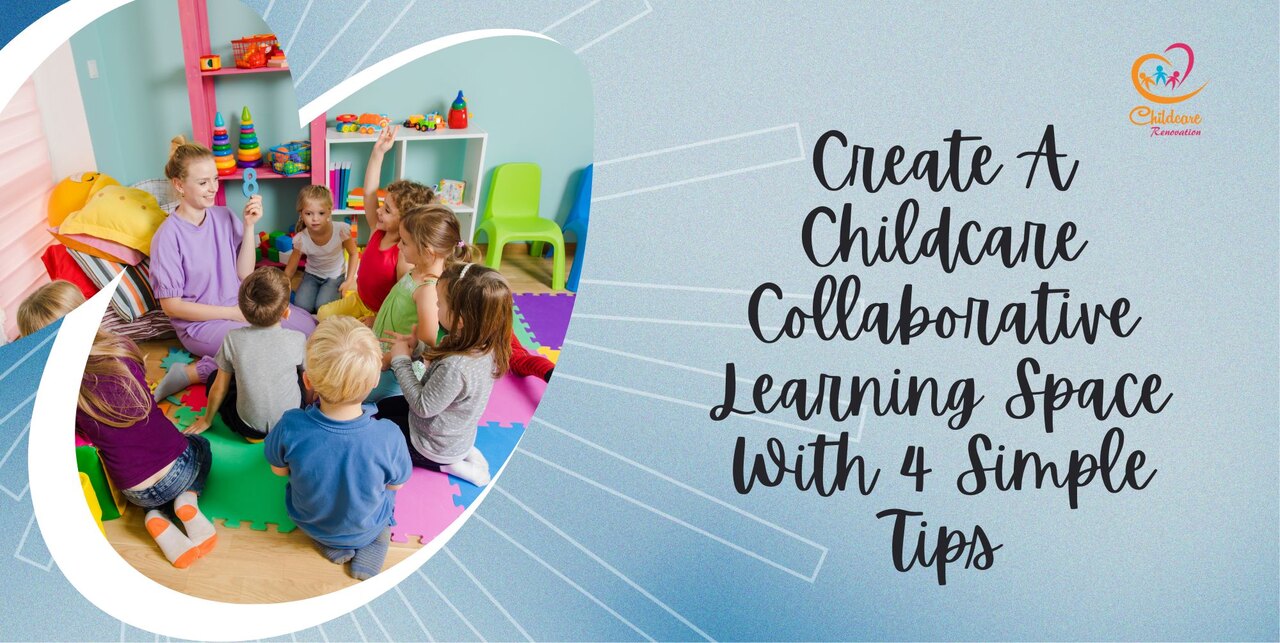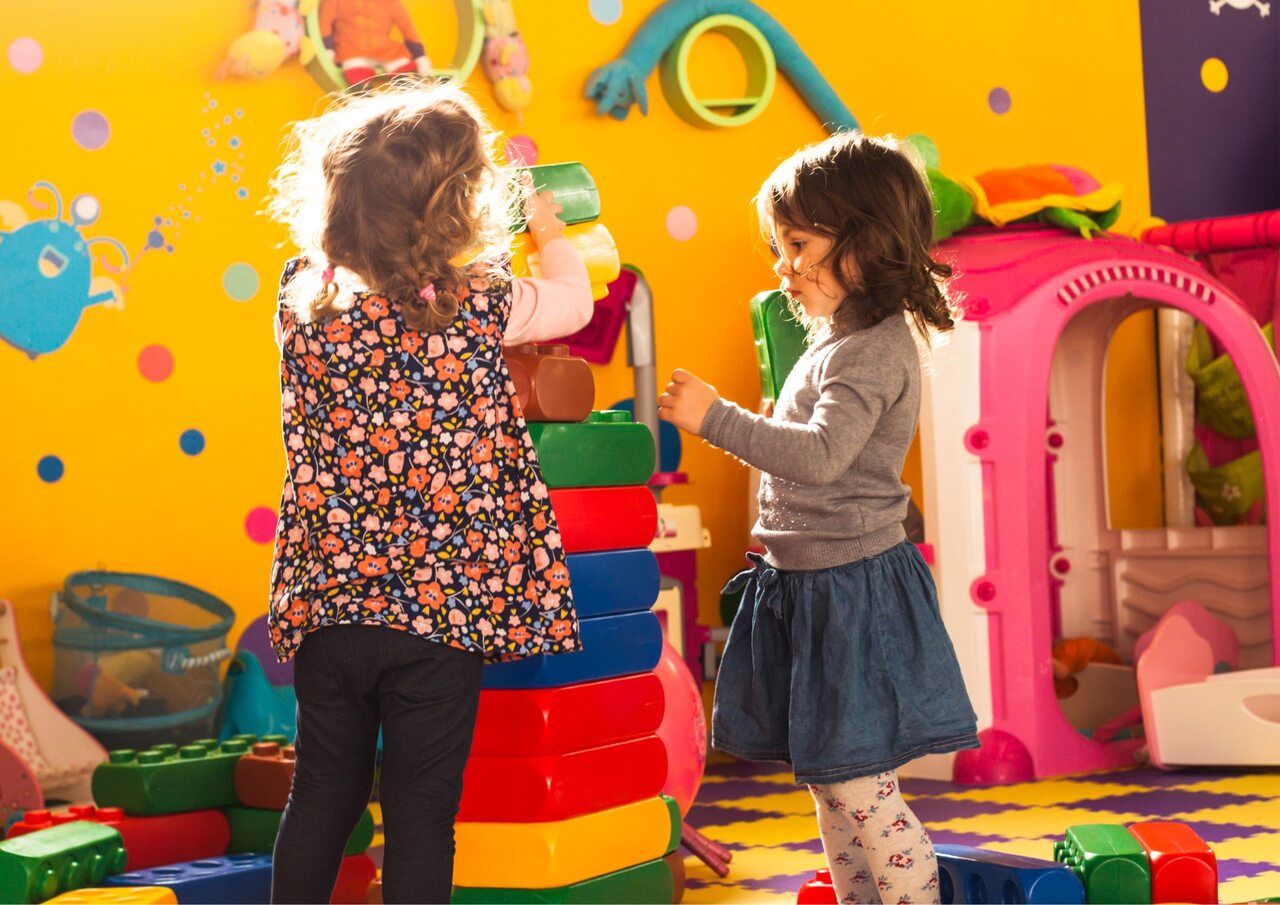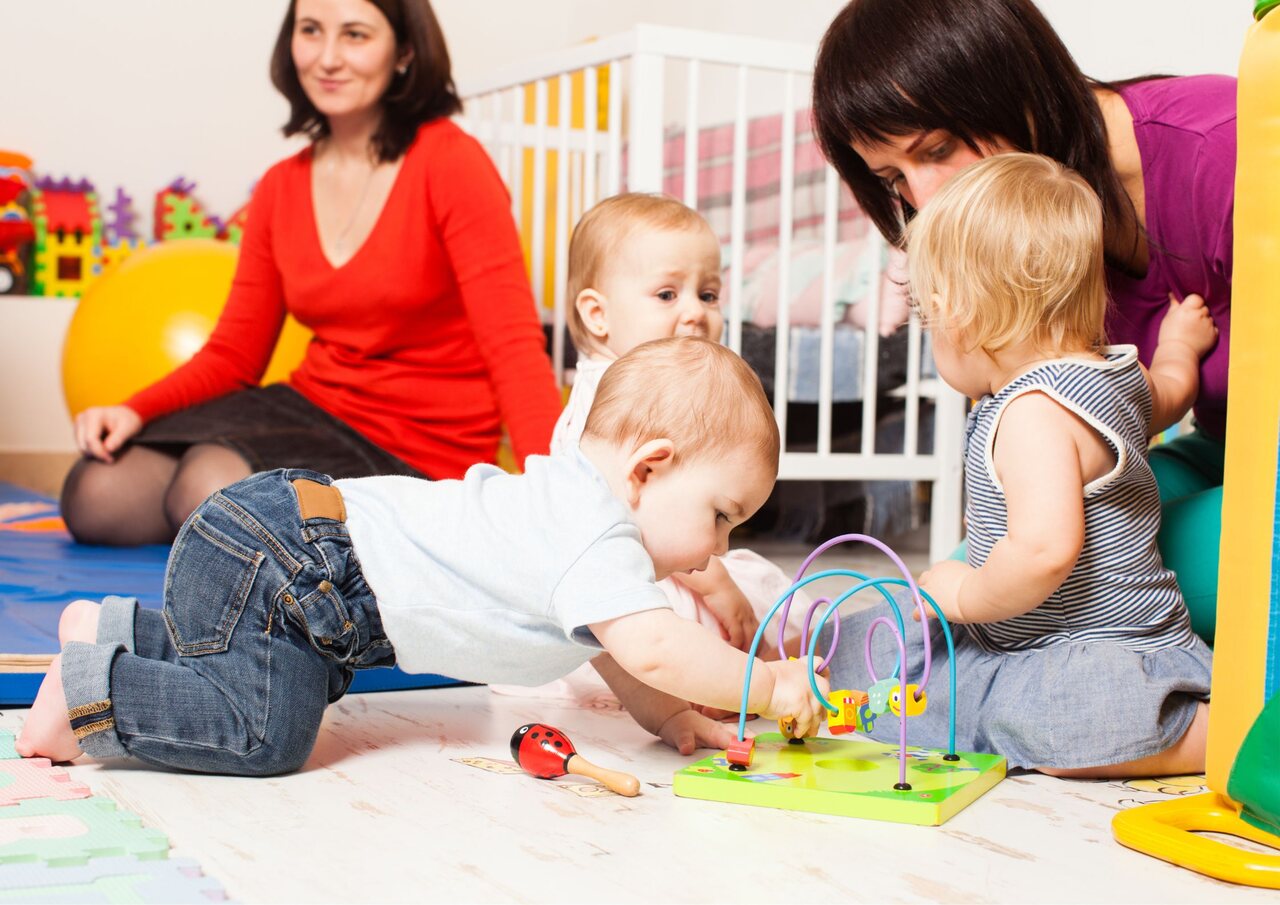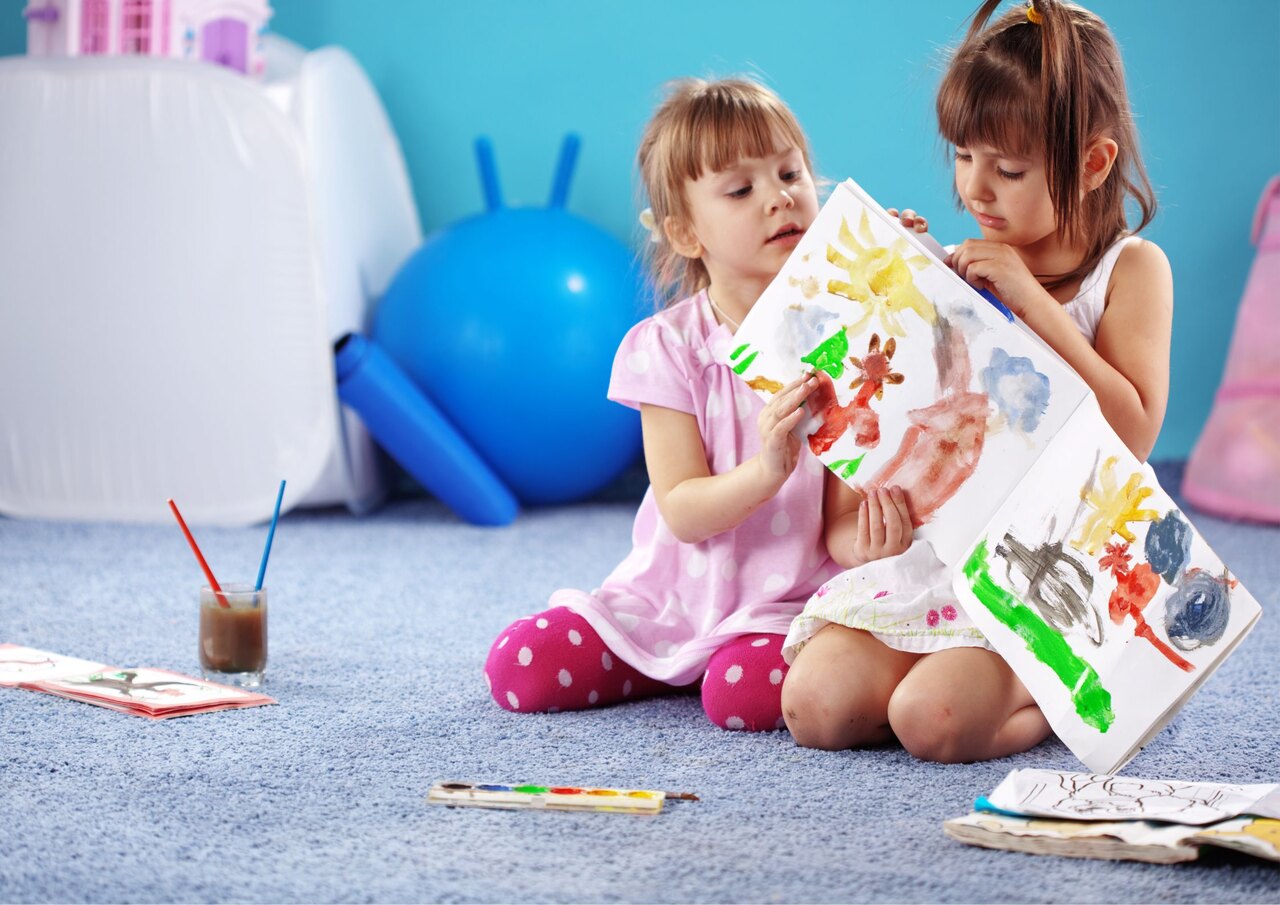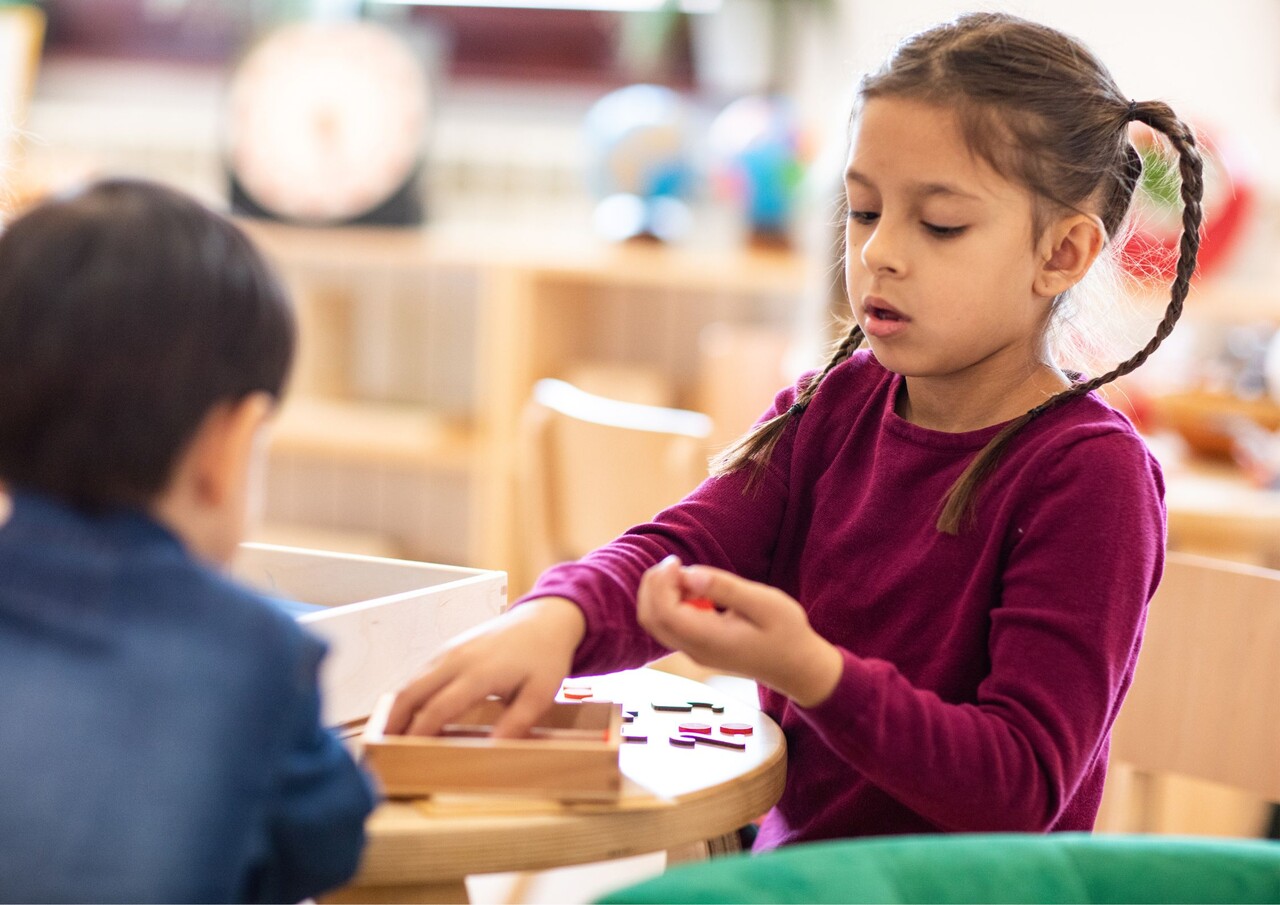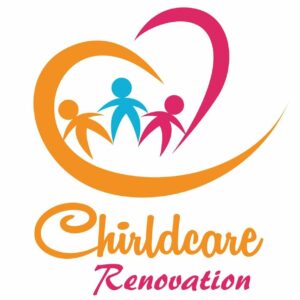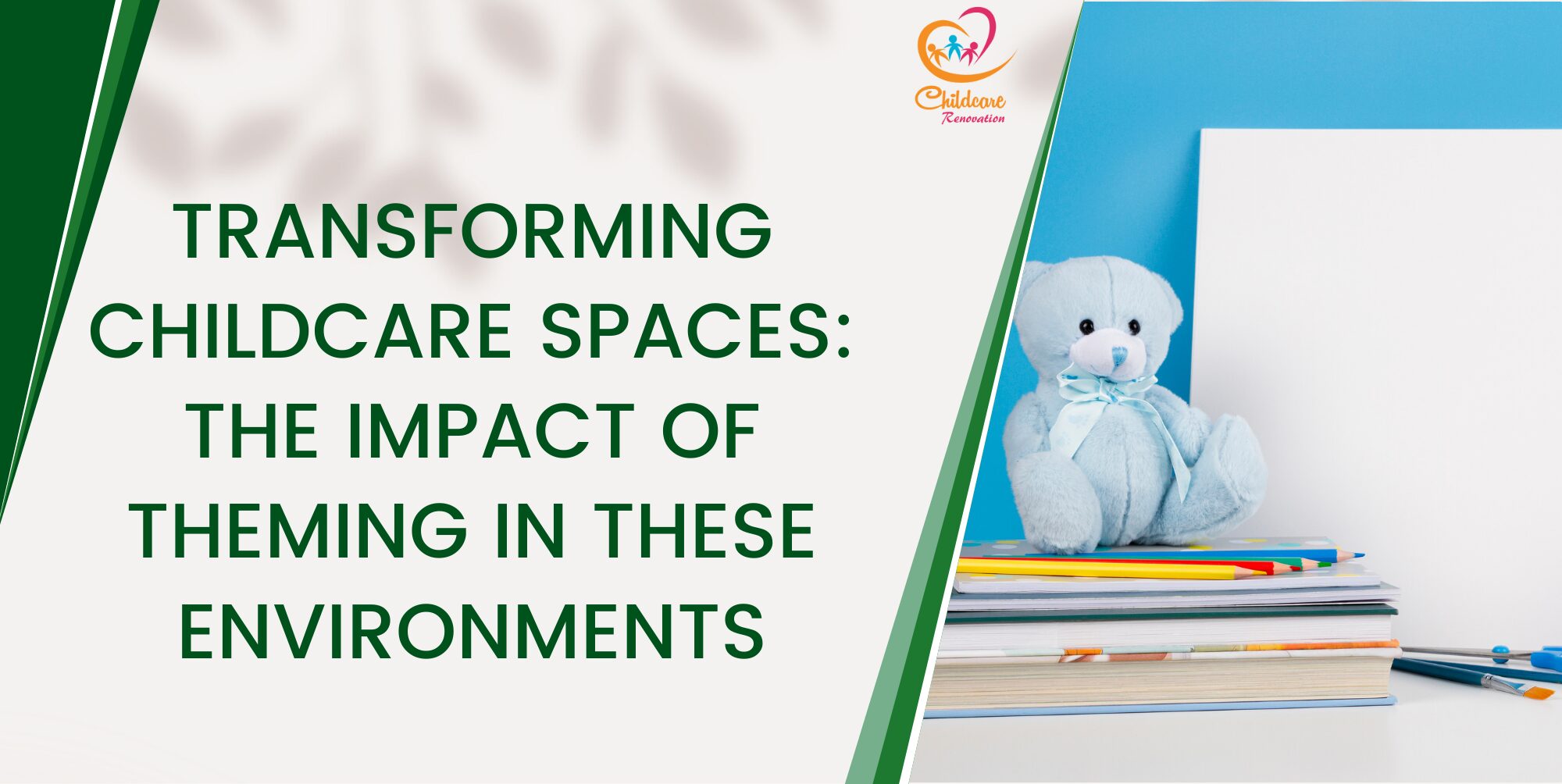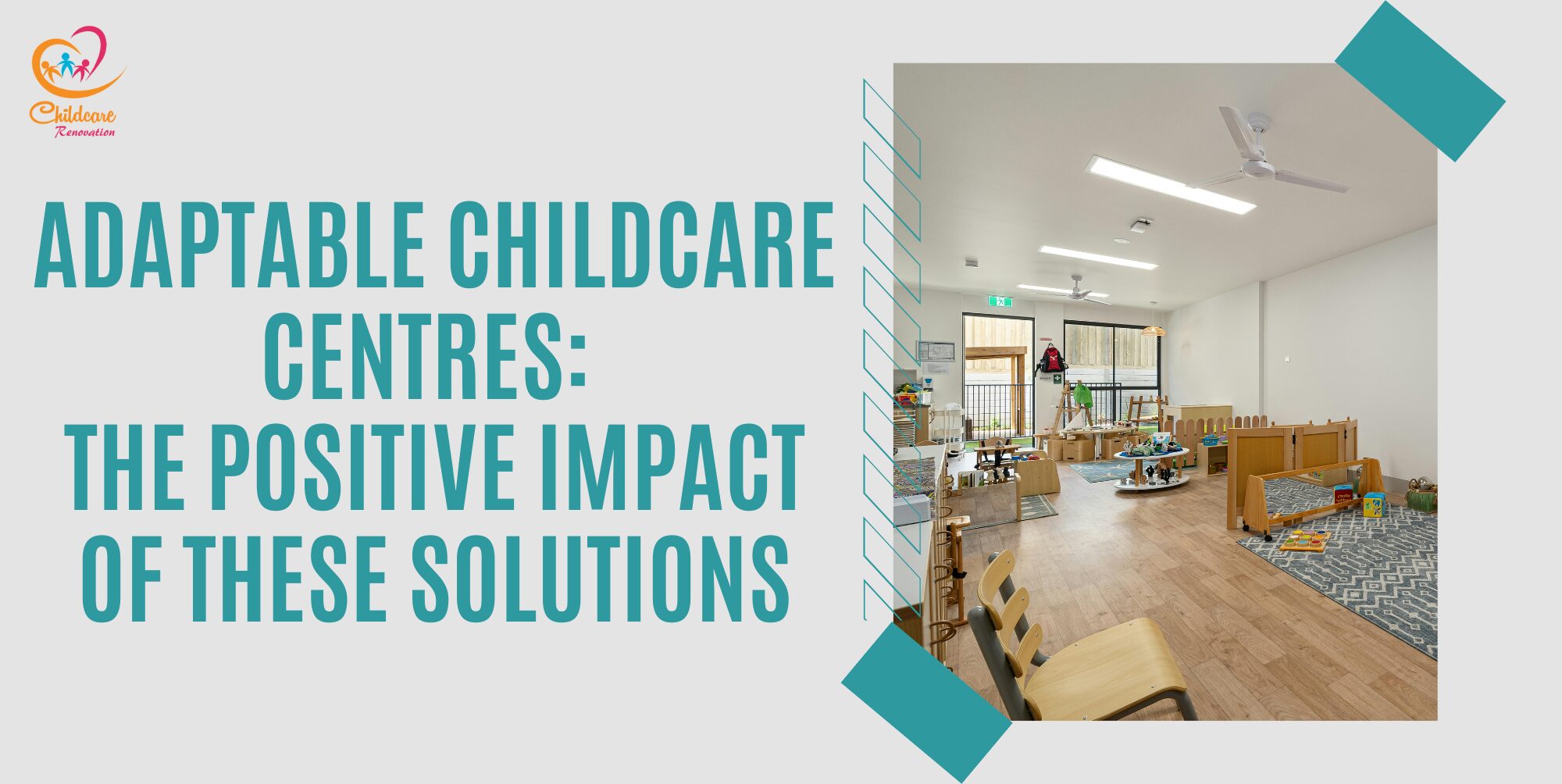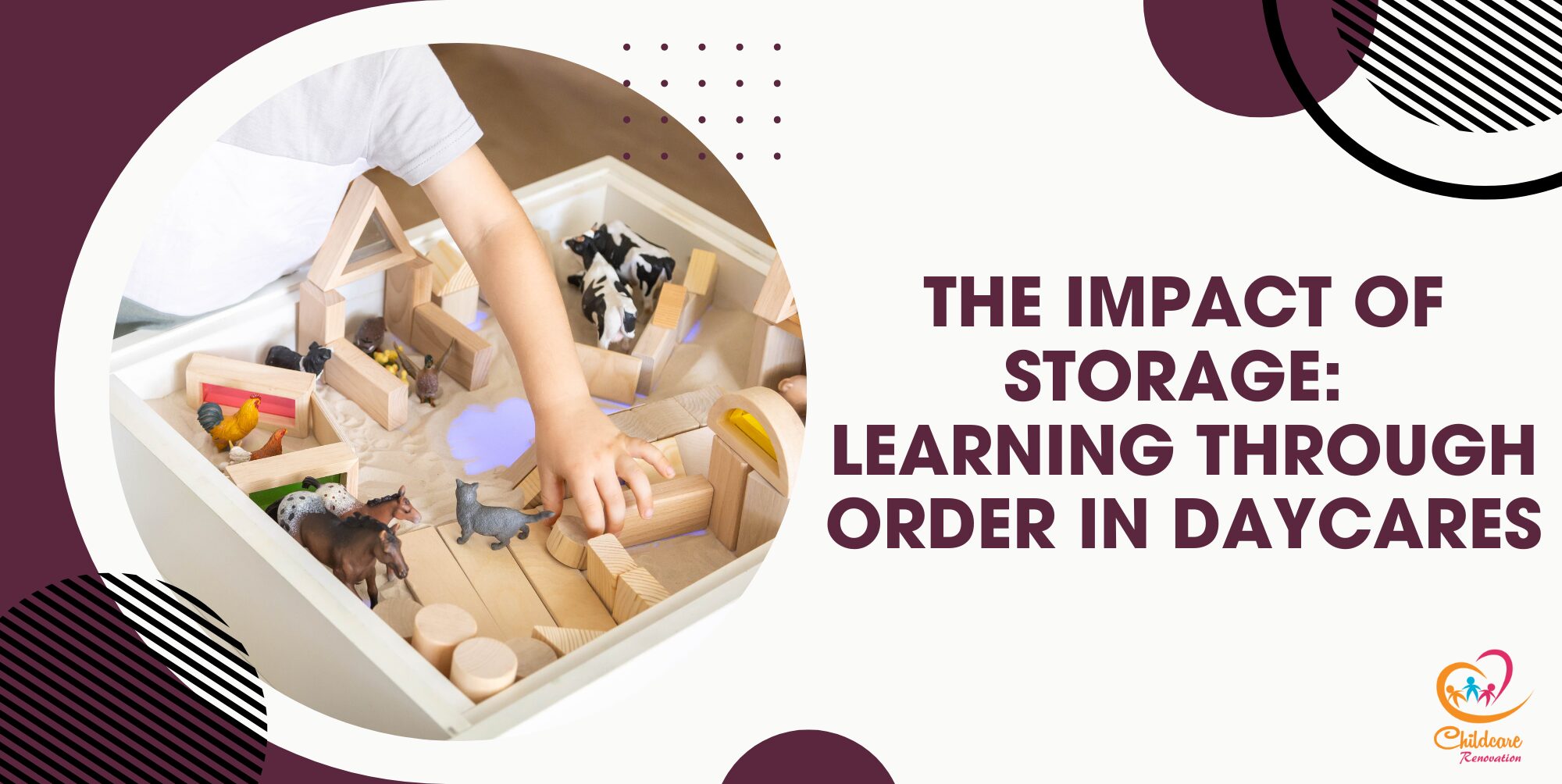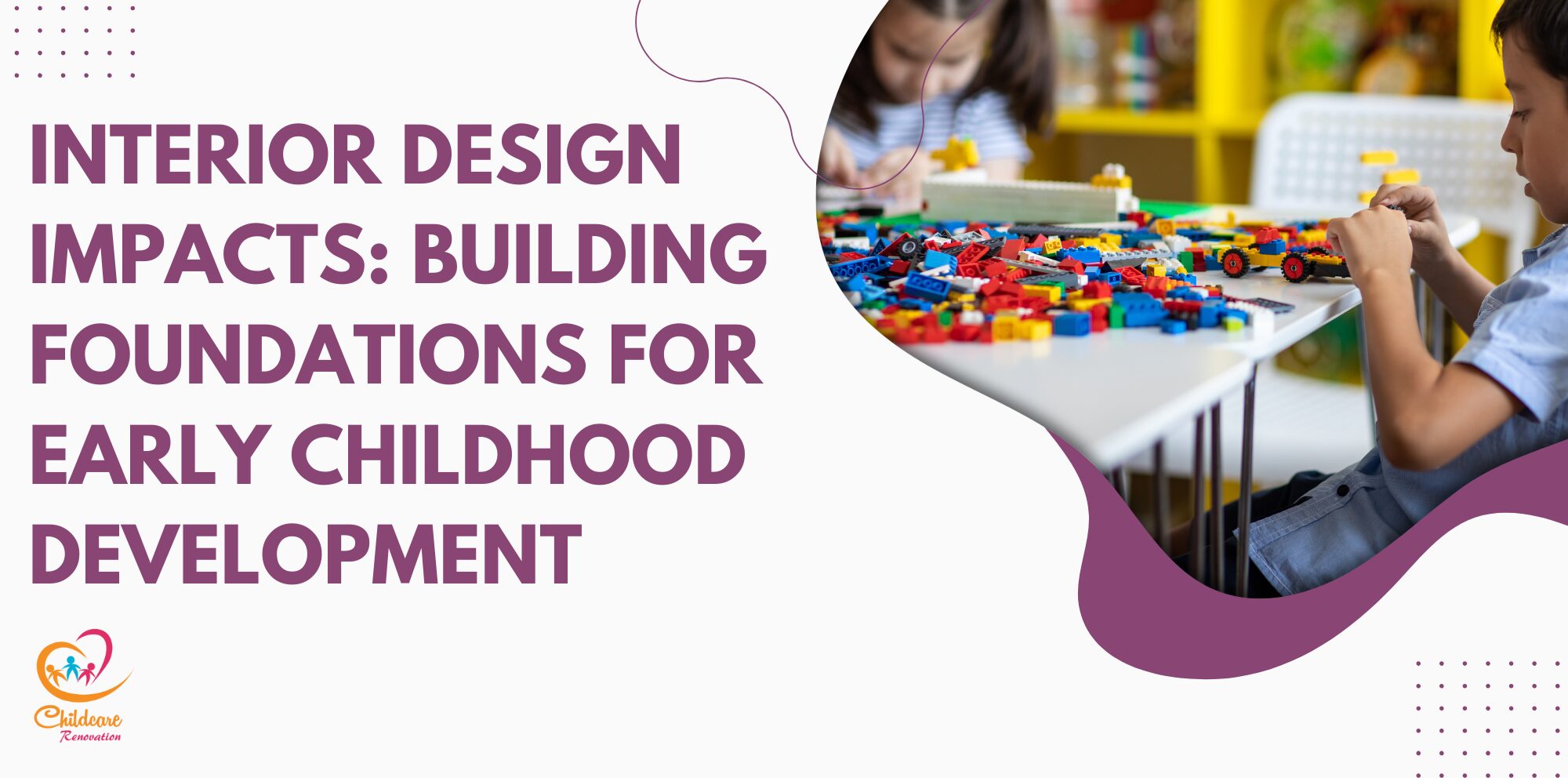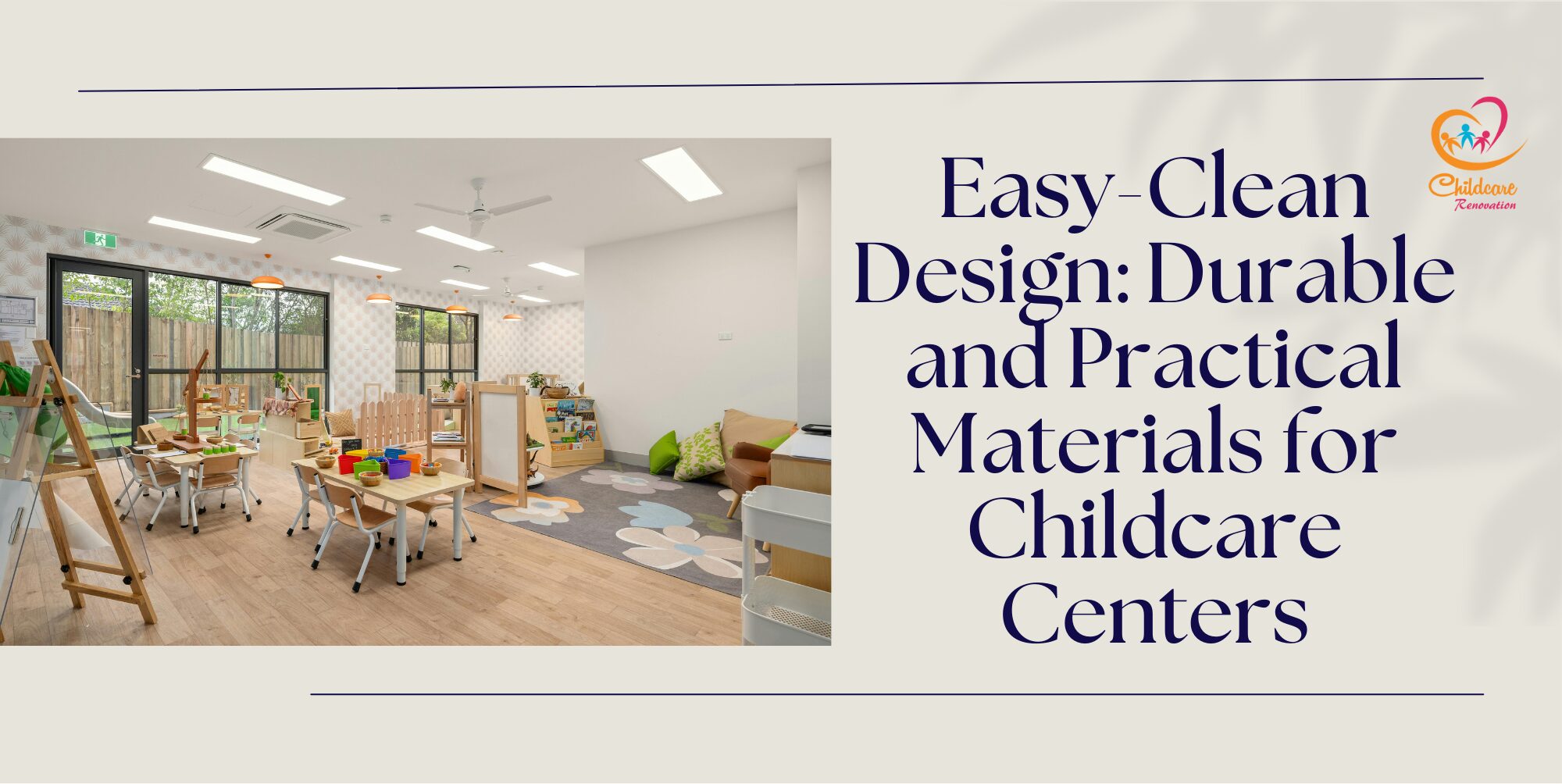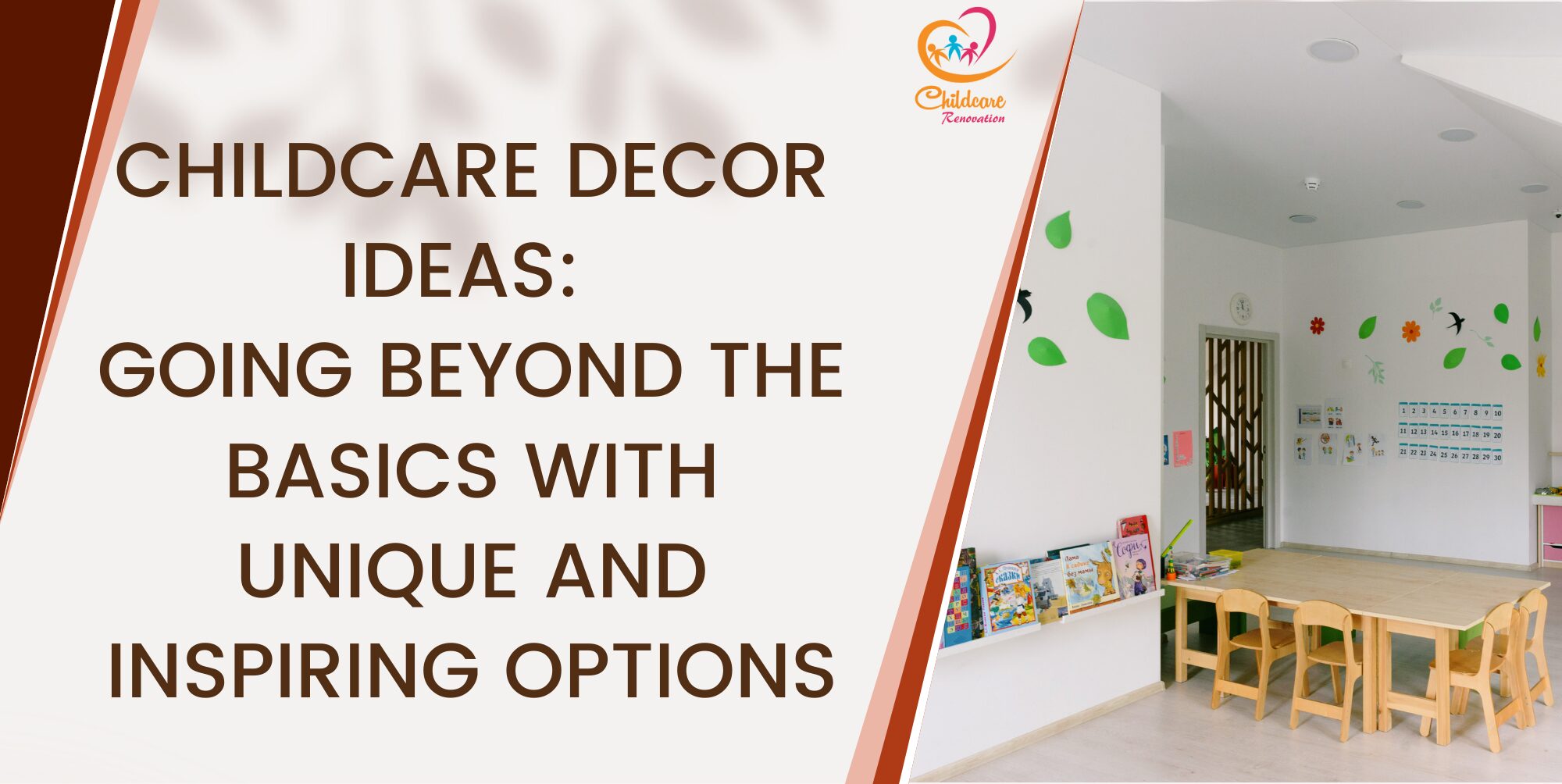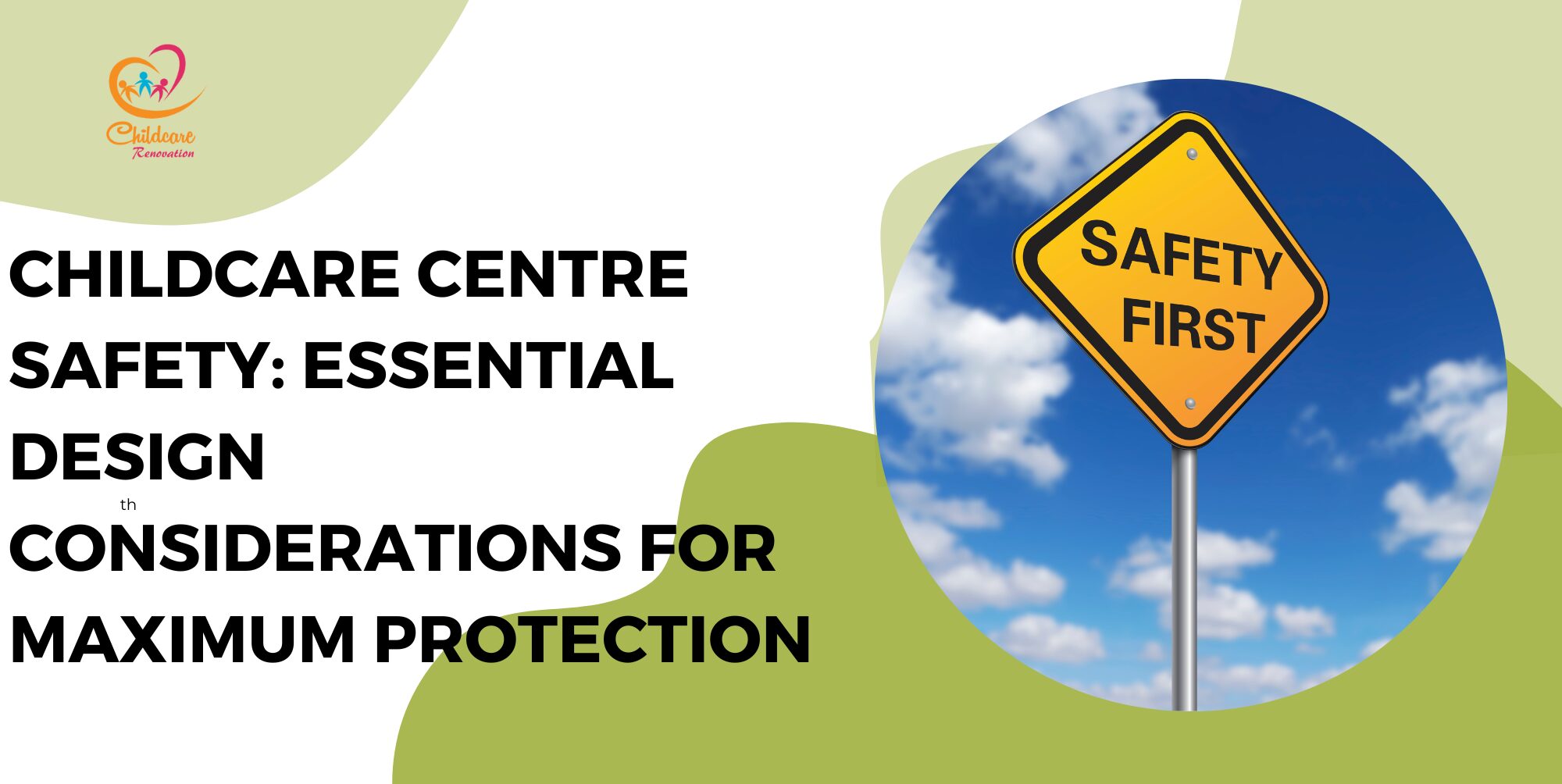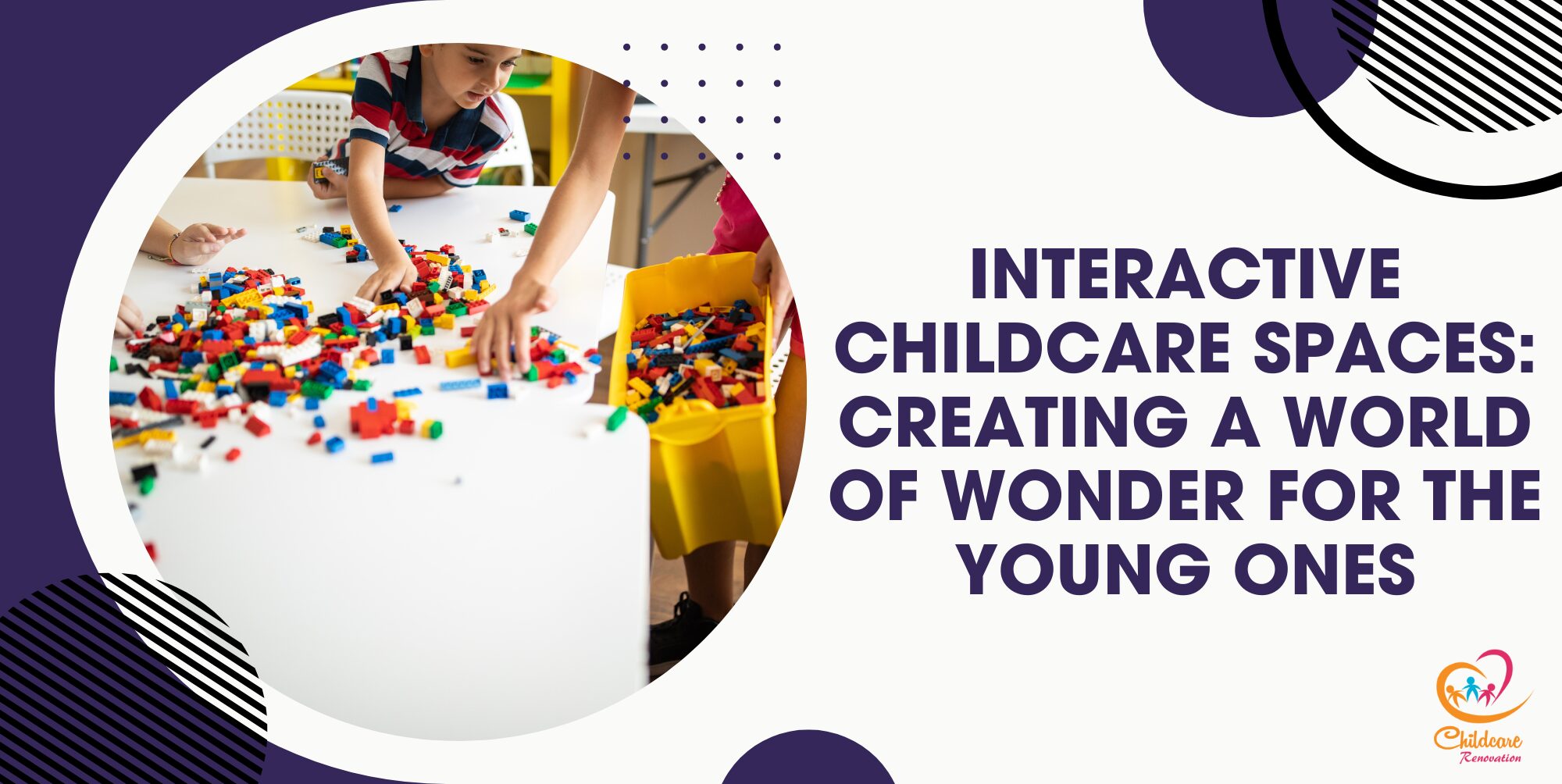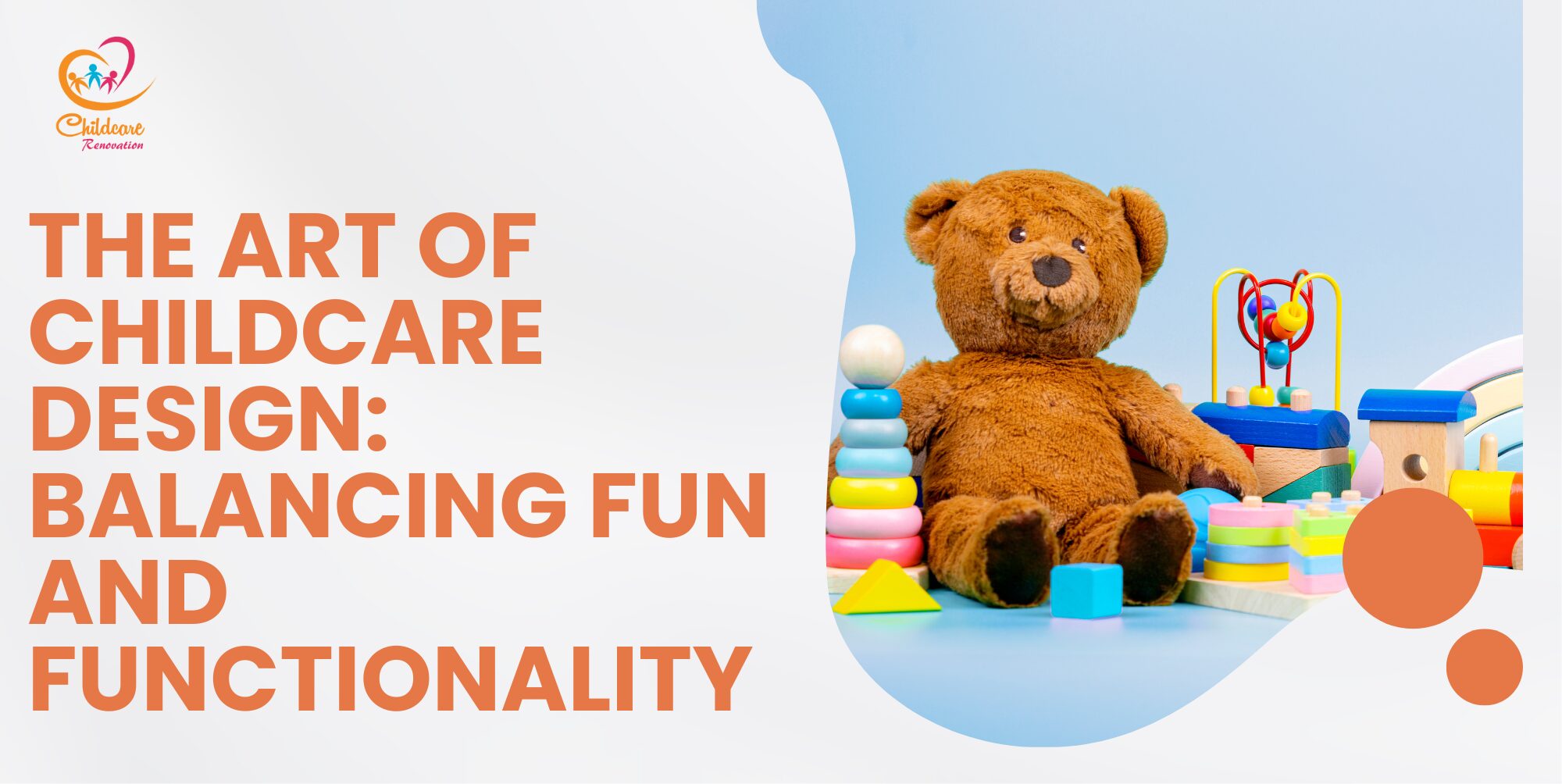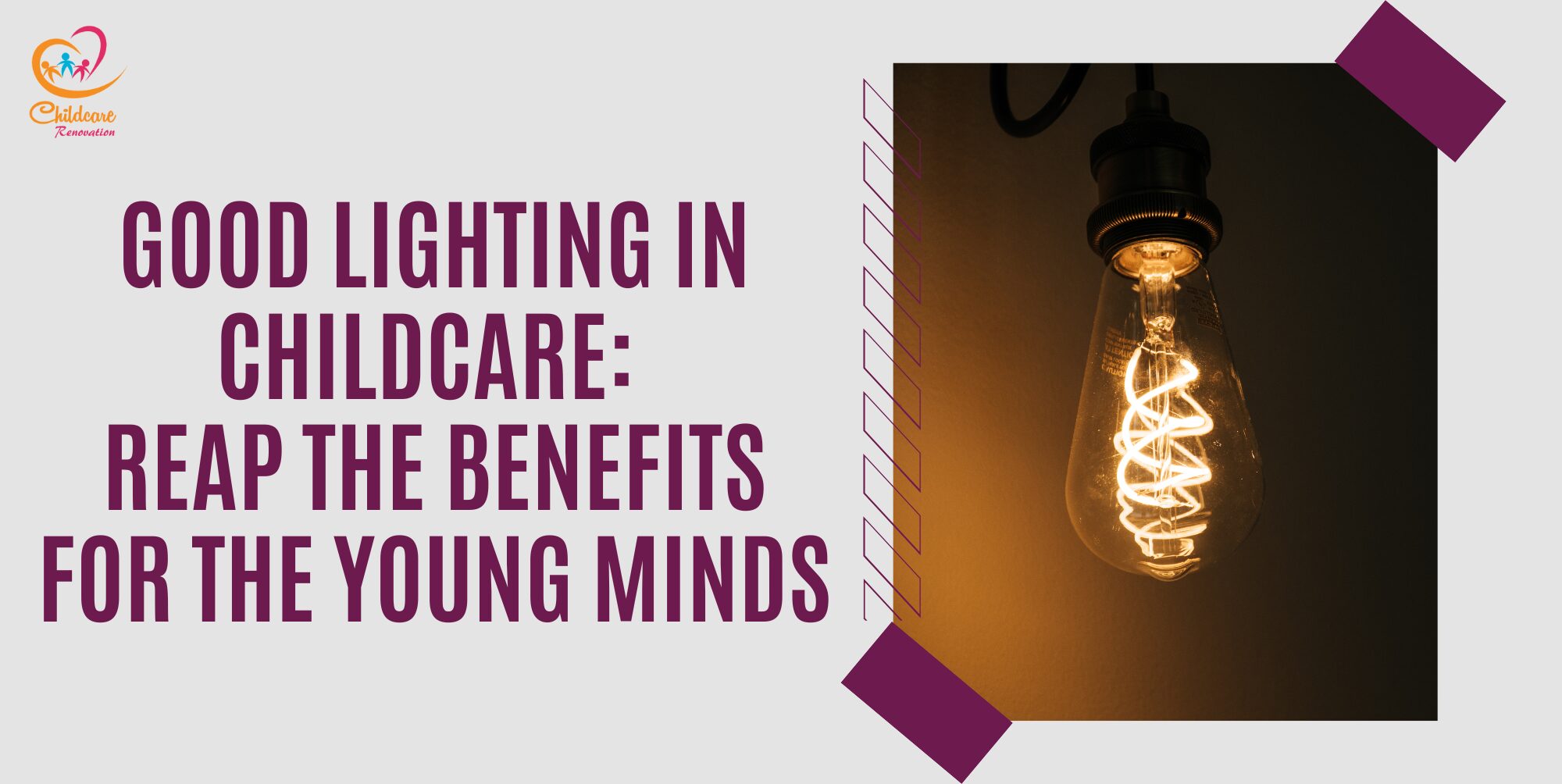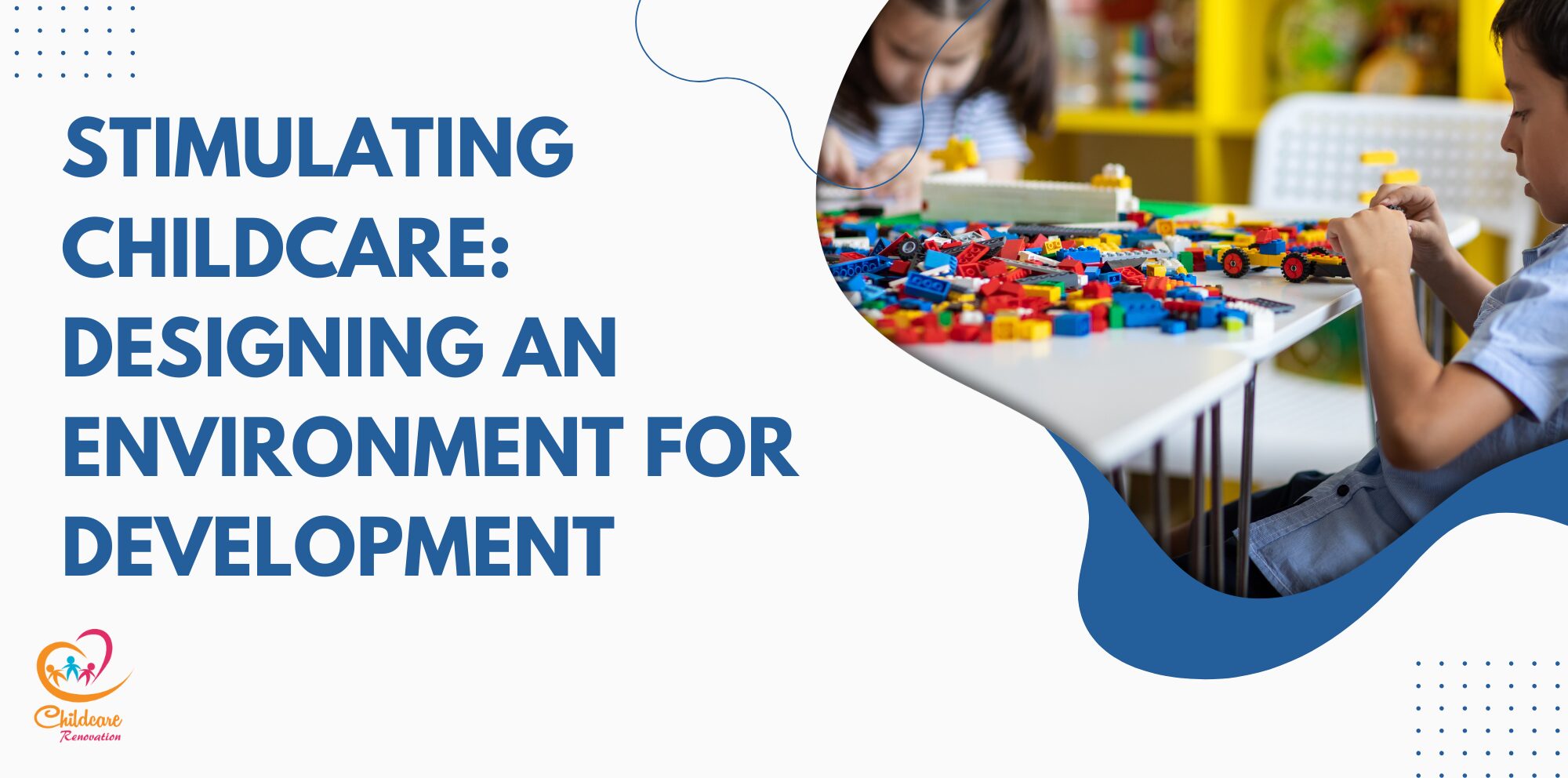More people are sending their children to childcare centers, and childcare plays an important role in shaping our future generation. These centers are not just places where kids are looked after but are also hubs for early education and social development. One of the keys to fostering an enriching learning environment is creating a childcare collaborative learning space that inspires young minds.
Collaboration is an important skill in society as we aren’t the only ones living on the planet. It needs a shared emotion to speak, keeping two or more people working productively together. You want to create a space that supports collaboration as it helps with children’s creativity and fosters critical thinking.
A well-designed childcare collaborative learning space has various benefits, including increasing their level of academic engagement. In this article, we will explore some tips to help craft an engaging childcare collaborative learning space that not only meets the needs of children but also promotes seamless collaboration among educators and caregivers.
Childcare Collaborative Learning Space Tips #1 – Be Intentional With The Network In The Space
To truly maximize the potential of collaborative learning spaces, educators must intentionally cultivate a strong network within the space. A well-crafted space that promotes children collaboration can encourage them to collaborate, share ideas, and collectively solve problems, enhancing their learning experience.
You can start the school year with icebreaker activities encouraging children to connect. These activities break the initial barriers and set a friendly tone for collaboration.
A change of seating can also promote collaboration. You can arrange in a way where children can connect easily. Consider assigning groups strategically and ensure a mix of personalities and skill sets to promote diverse collaboration.
A purposeful network creates an environment where children feel connected, supported, and empowered to collaborate effectively. Children tend to have less relational aggression when they connect more with peers.
Childcare Collaborative Learning Space Tips #2 – Potential Units
Potential units refer to spaces where children can add their play material. Conflicts happen anywhere. It can be at home, in school, or the workplace. Children can “spill over” into a new space in these spaces. The space you design should allow children to manage conflict without injuring themselves.
After resolving the conflict, children should be able to continue playing among themselves. It allows children to have another chance to start over again, whether alone or in a group. They will be able to build collaborative skills at their own pace.
The space doesn’t need to be complicated. Assign an area that you consider suitable, and you can just simply add a table or rug offering the space to the children. Consider the age group of the children and the available resources. It works well with the simplest design as long as it serves the purpose.
Childcare Collaborative Learning Space Tips #3 – Opportunities Outside Of Activities
Creating a childcare collaborative learning space doesn’t have to be limited to traditional classroom activities. Numerous opportunities outside of regular lessons and activities can contribute to a vibrant and engaging learning environment.
Create informal discussion areas within the space where children can engage in casual conversations, brainstorm ideas, or seek input from their peers.
Encourage students to share useful resources, such as books, articles, or online materials, with their peers. This can be facilitated through a digital platform or a physical resourcing-sharing station in the space.
Designate corners or areas within the collaborative space for specific learning interests or subjects. These corners can include materials, books, and resources related to a particular topic, allowing children to explore their interests collaboratively.
These experiences can enhance academic learning and also foster essential life skills such as teamwork, communication, leadership, and a sense of community.
Childcare Collaborative Learning Space Tips #4 – Support Different Ways Of Knowing
Creating a collaborative learning space that supports different ways of knowing is essential for ensuring inclusivity and diversity of thought. People possess varying learning styles, abilities, and perspectives. It is important to embrace and celebrate these differences.
Provide various learning materials and resources that cater to different learning styles. This may include text-based materials, visual aids, multimedia resources, and hands-on activities. Ensure all learning materials, including textbooks, handouts, and digital resources, are accessible to students with disabilities. Provide alternative formats and assistive technologies as needed.
Create a multisensory learning environment with engaging visuals, tactile materials, and auditory resources. This accommodates students who learn best through different sensory modalities.
By incorporating these strategies into your childcare collaborative learning space, you create an environment that celebrates diversity in learning and empowers students to embrace their unique ways of knowing. This inclusive approach enhances academic outcomes and promotes a positive and supportive classroom community.
Creating a collaborative childcare learning space is a rewarding endeavor. Remember that the journey to a successful learning space is ongoing, so stay open to innovation and feedback to enhance the experience for both children and caregivers continuously. With dedication and thoughtful design, you can create a nurturing space where young learners thrive and grow into curious, confident individuals.
Speak with The Experts
Planning to get started at your kindergarten but have no idea about it?
Childcare Center Renovation Singapore is a reliable company for renovation and interior design. They have about ten years of experience in this field and have a good reputation among customers.
Call us now to get your desired kindergarten design ideas now!

